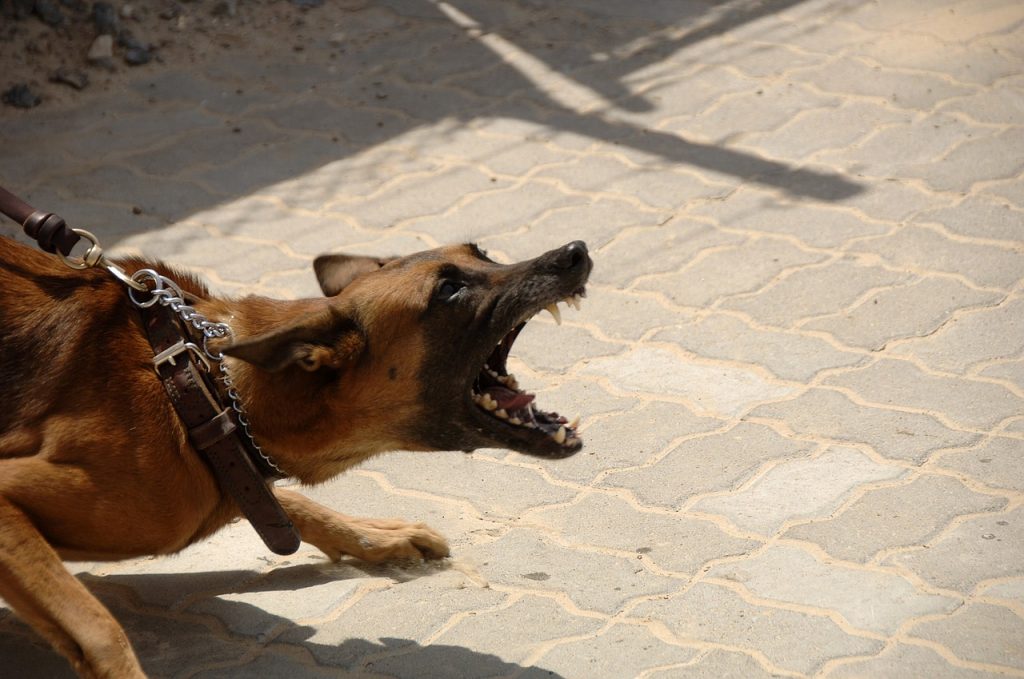Over the weekend a video got spread across social media channels about a man who was barking like a dog while being recorded by a bystander who may be the doctor after obtaining permission from the parent of the affected person, according to the managing health worker, this person had been bitten by a dog about 2 weeks before he started barking and was said to have reportedly received his vaccine after been bitten
Here is the video:
The question still remains, why was he barking? Is there any truth to this myth that people with rabies will bark like dogs?
If yes, why was he barking?
If the answer is no, then what was he doing? was it intentional, was the video real or fake?
The answer lies in understanding what Rabies is first of all and then coming back to answer these questions
What is Rabies?
Rabies is a disease caused by a virus from the genus known as Lyssavirus, the rabies virus belongs to this group, there are about 10 other viruses within the same genus, but they rarely cause disease among humans, an example is the Mokola virus
This virus is bullet shaped and is transmitted in the saliva of an infected animal which gets to the host via a bite typically, or even when they lick an open sore on the host
When an infected dog bites a human being, the virus enters the peripheral nerves and starts to make its way into the CNS, that is the brain and the spinal cord. The length of time it takes for this to happen depends on the distance of the bite from the CNS and the amount of virus, for example, a bit on the hands may take a shorter time to reach the CNS than a bite on the feet.
Dogs are not the only animals that can be infected with Rabies, even cats can be rabid, bat’s, raccoons, skunks. After a person is bitten, the virus starts to incubate in them, during this period they may not show any symptoms at all Normally, it is usually between 20-90 days. there are rare cases of incubation for close to 19 years that the person who was bitten had forgotten everything about the bite
Once it is confirmed that a person has rabies, the chances of survival are slim and they may not likely survive it.
Symptoms of Rabies
They may start to itch around the area they were bitten or have pain, this is usually a very positive sign that a person may have Rabies, this occurs in about 50% of people with rabies then, they may develop symptoms like:
- Lack of appetite
- Fever
- Malaise
- Headaches
- Chills
- Sore throat
- Nausea
- Vomiting
- Diarrhoea
- Anxiety
- Agitation
- Insomnia
Once it enters the brain, they can have 2 forms,
- Furious Rabies
- Paralytic Rabies
The furious ones will have agitation, hyperactivity, restlessness, thrashing about, biting, confusion, or hallucinations and may even bark like a dog, this barking, however, is most likely caused by the spasms of the laryngeal muscles, this can sound very similar to barking
The other form called the paralysing form or dumb rabies is when these patients become paralysed from the onset, and fever and headache will be seen in these patients. Can occur in 20% of people with Rabies
The affected person, whether furious or paralysed may enter a coma within 10days without intensive care and support, their breathing stops and they die.
How to Prevent Rabies
Rabies is 100% preventable in humans
Vaccinate your animals regularly
Take note of stray animals in your locality
If you get bitten, run the wound under water immediately and go to the hospital
You’ll be given a Rabies vaccine immediately and also a tetanus vaccine
How to recognize rabies in an animal:
Adisa Adedapo also has this to say:
For pet lovers and owners, there are still some few things to note: That dog you cuddle, snuggle and fondle with might be unsafe.









One Response
This is one sad, but informative article. Thank you.